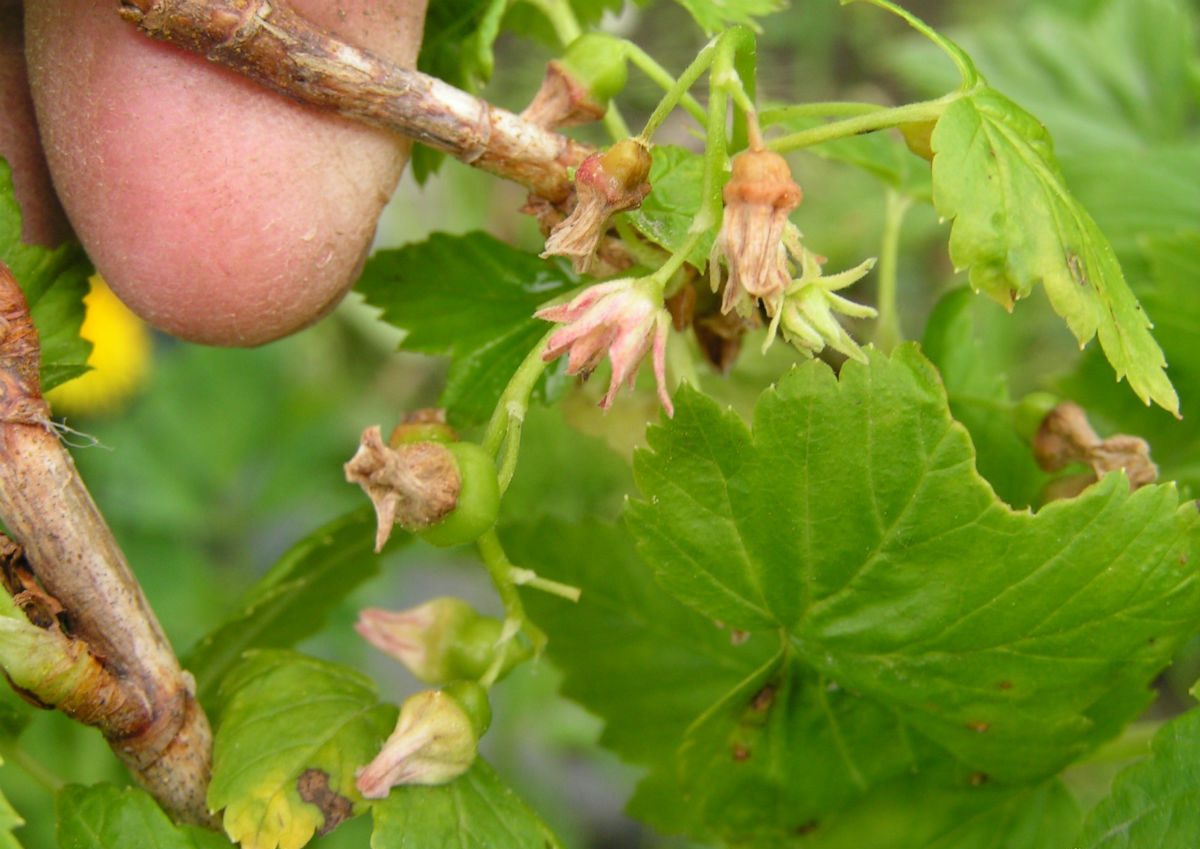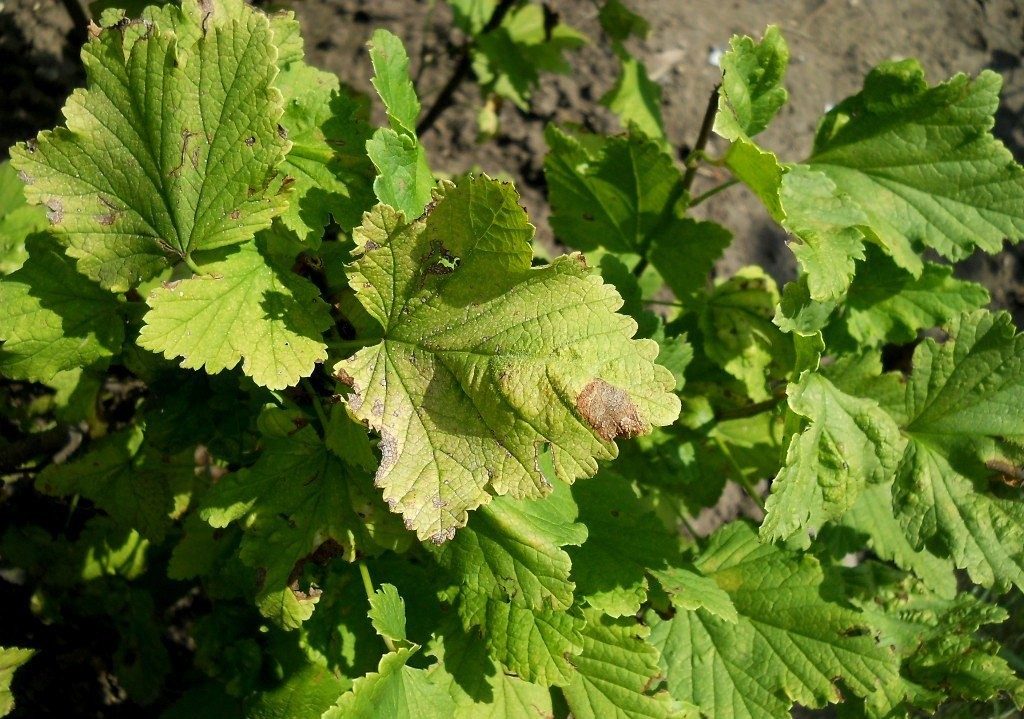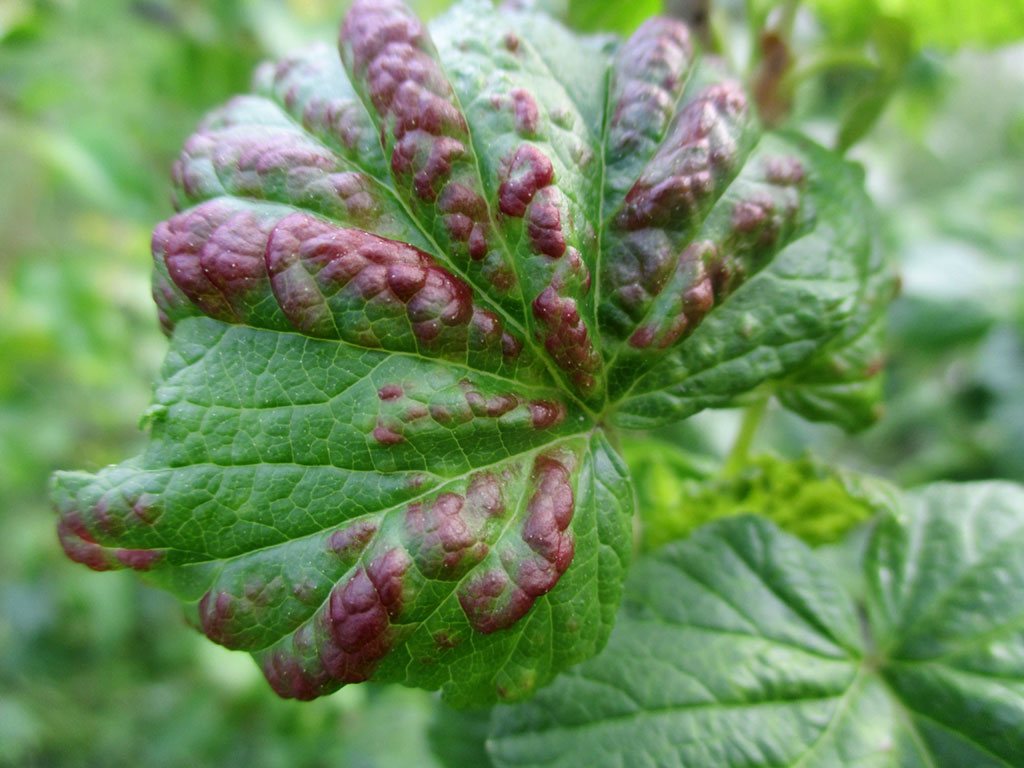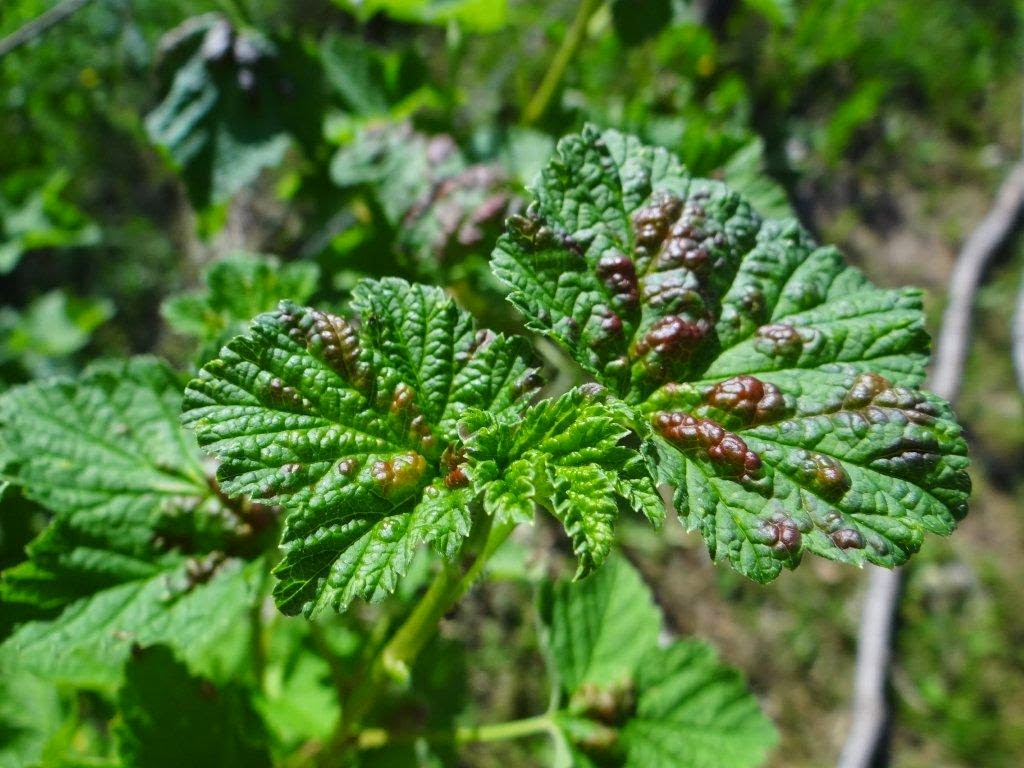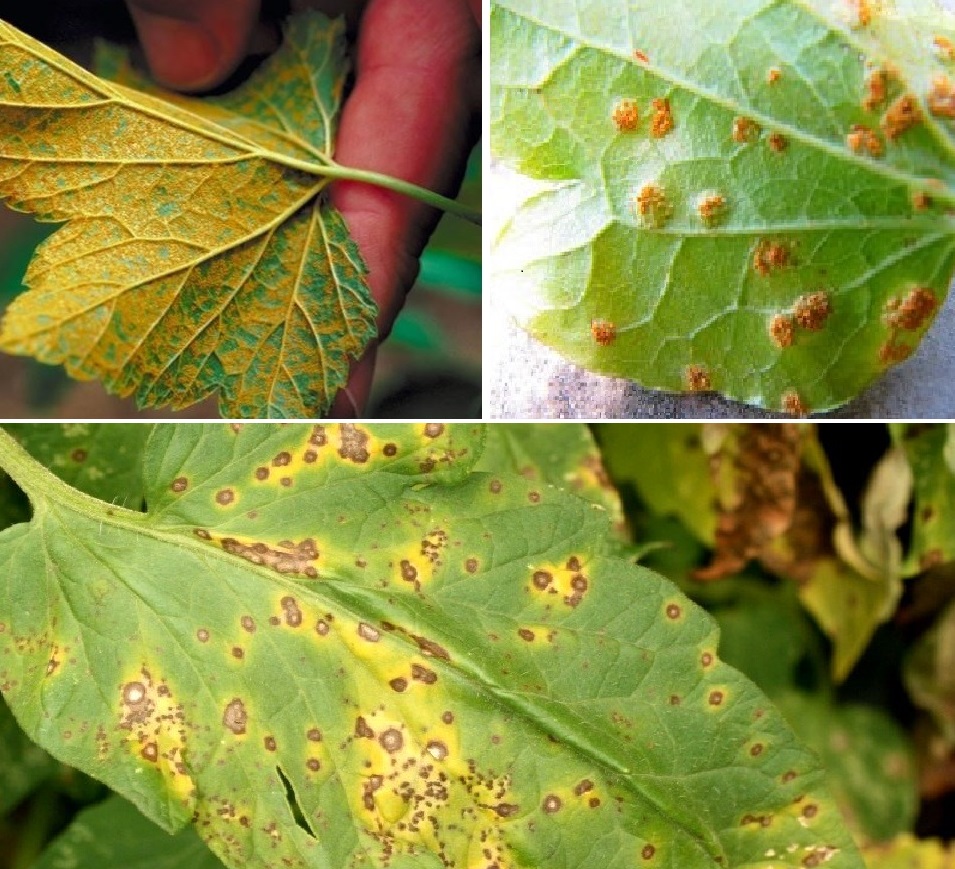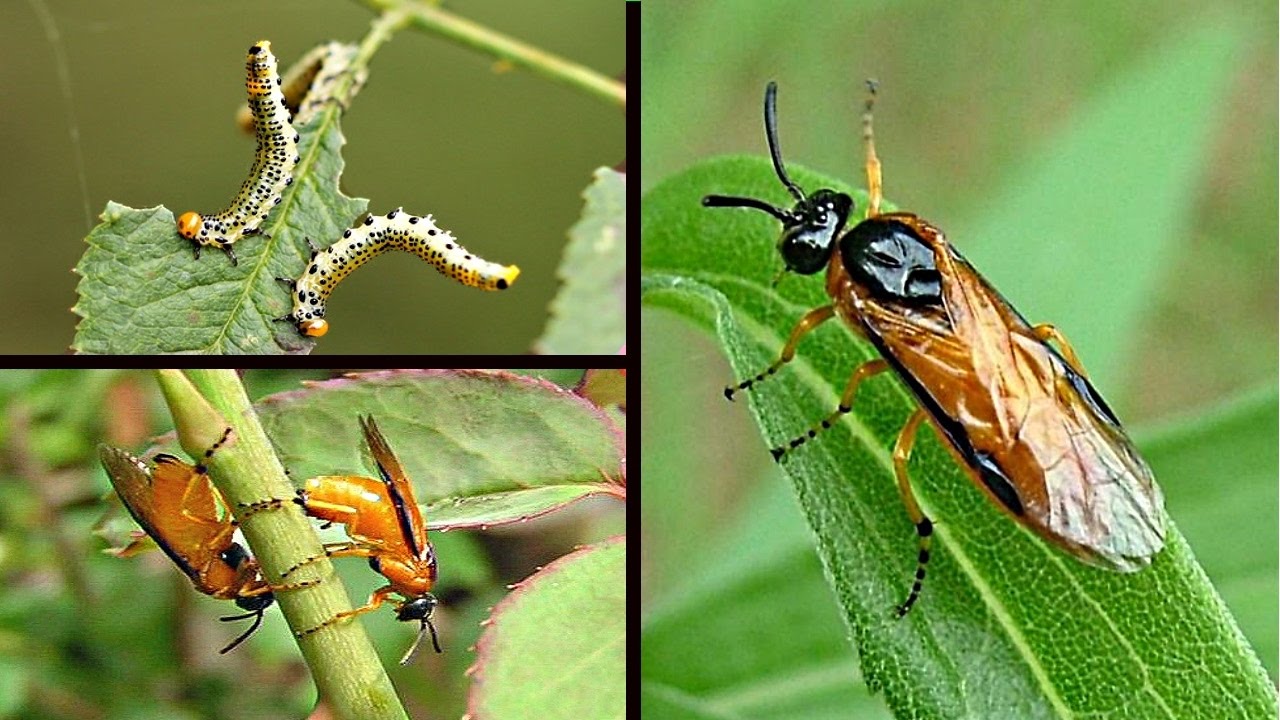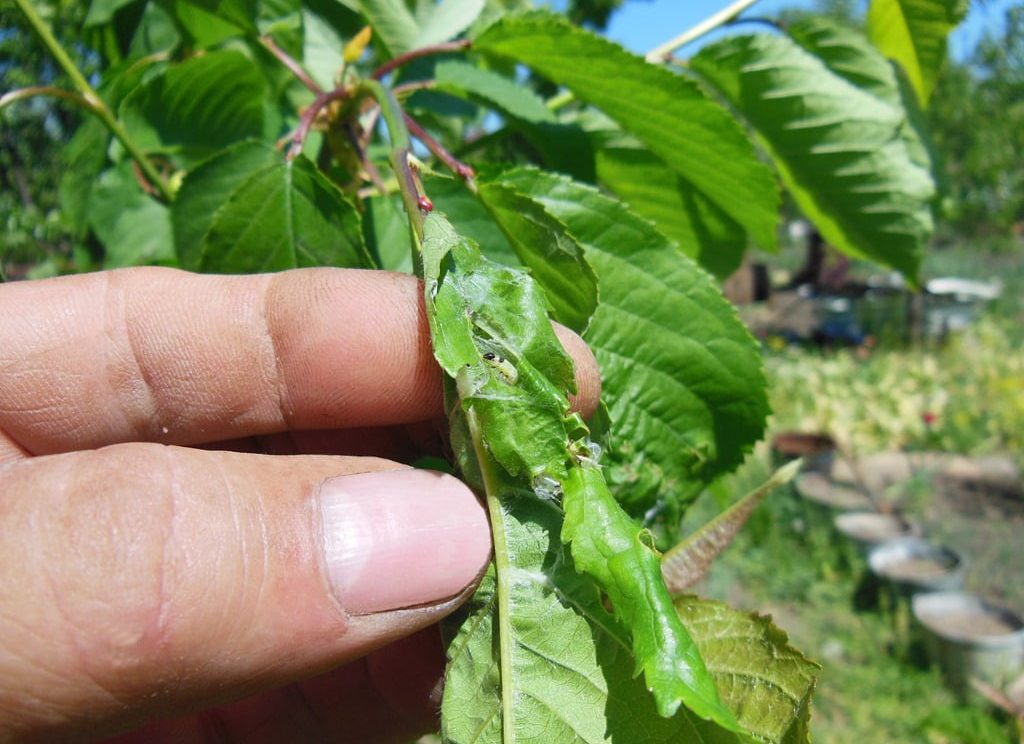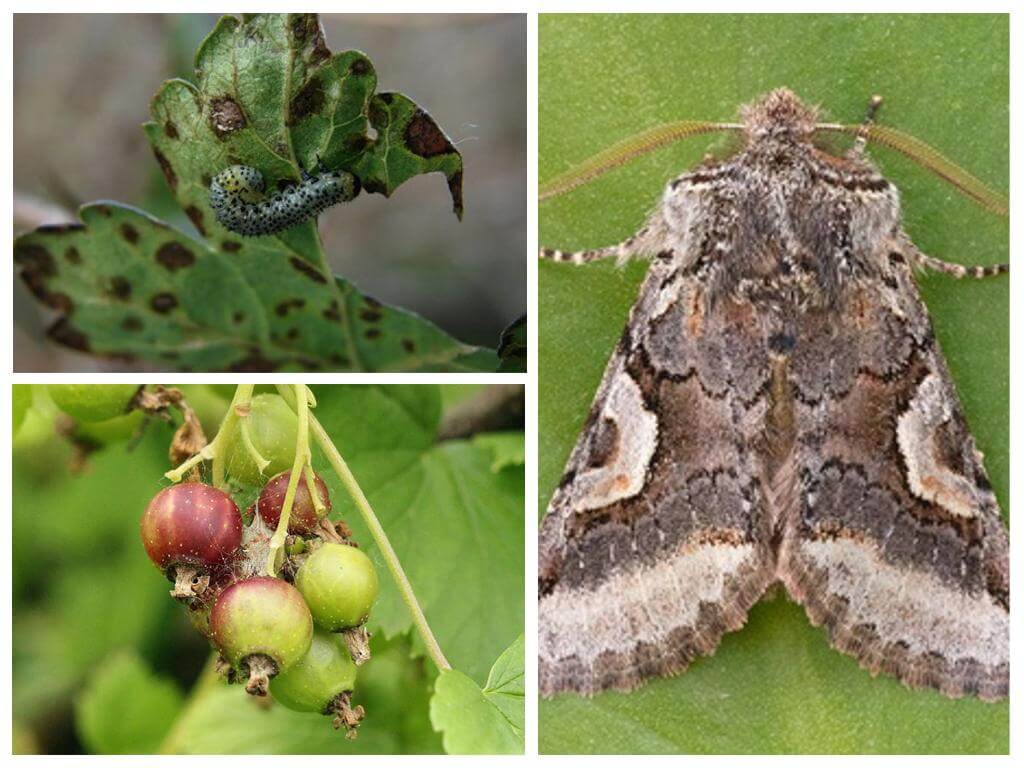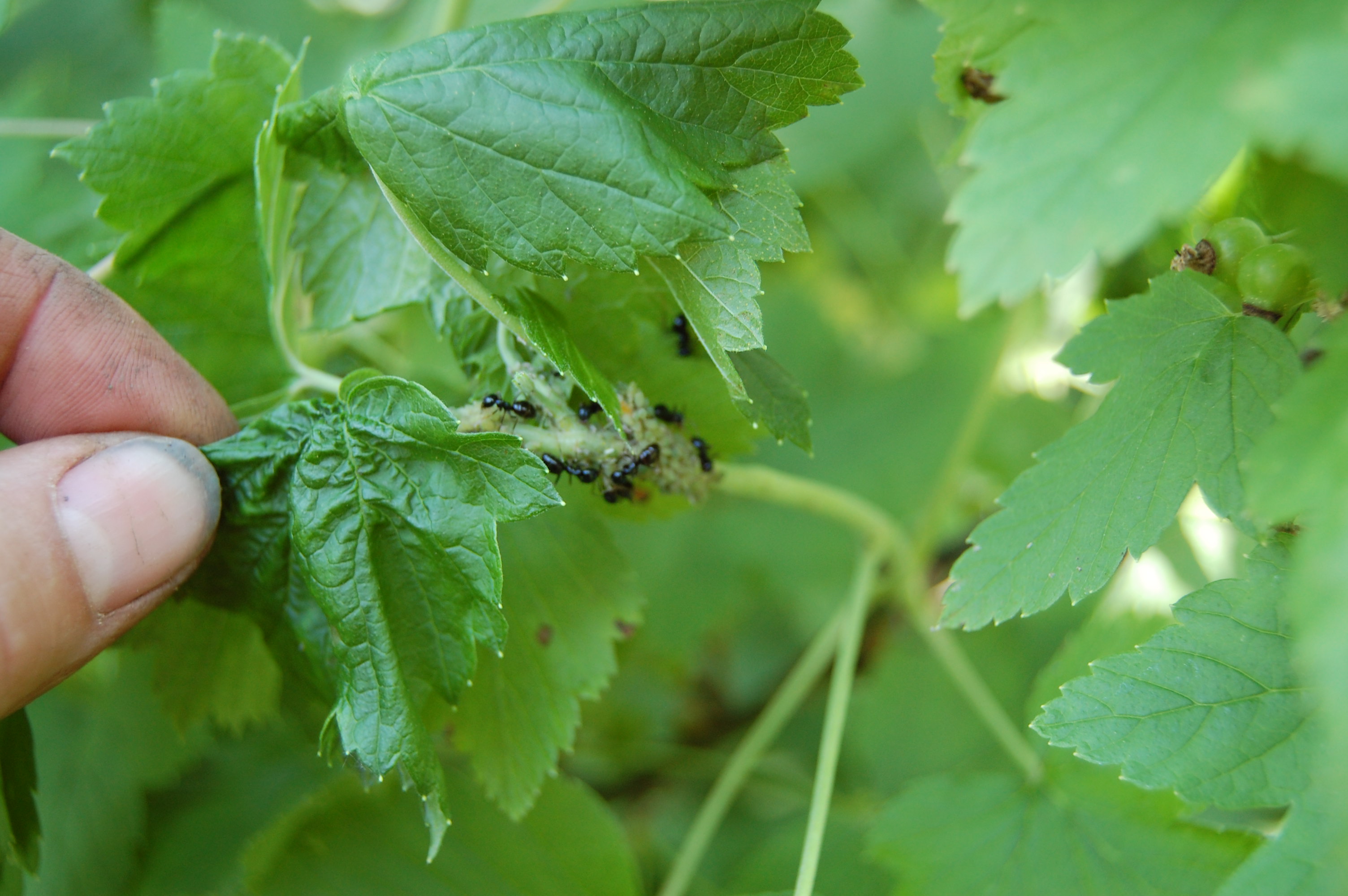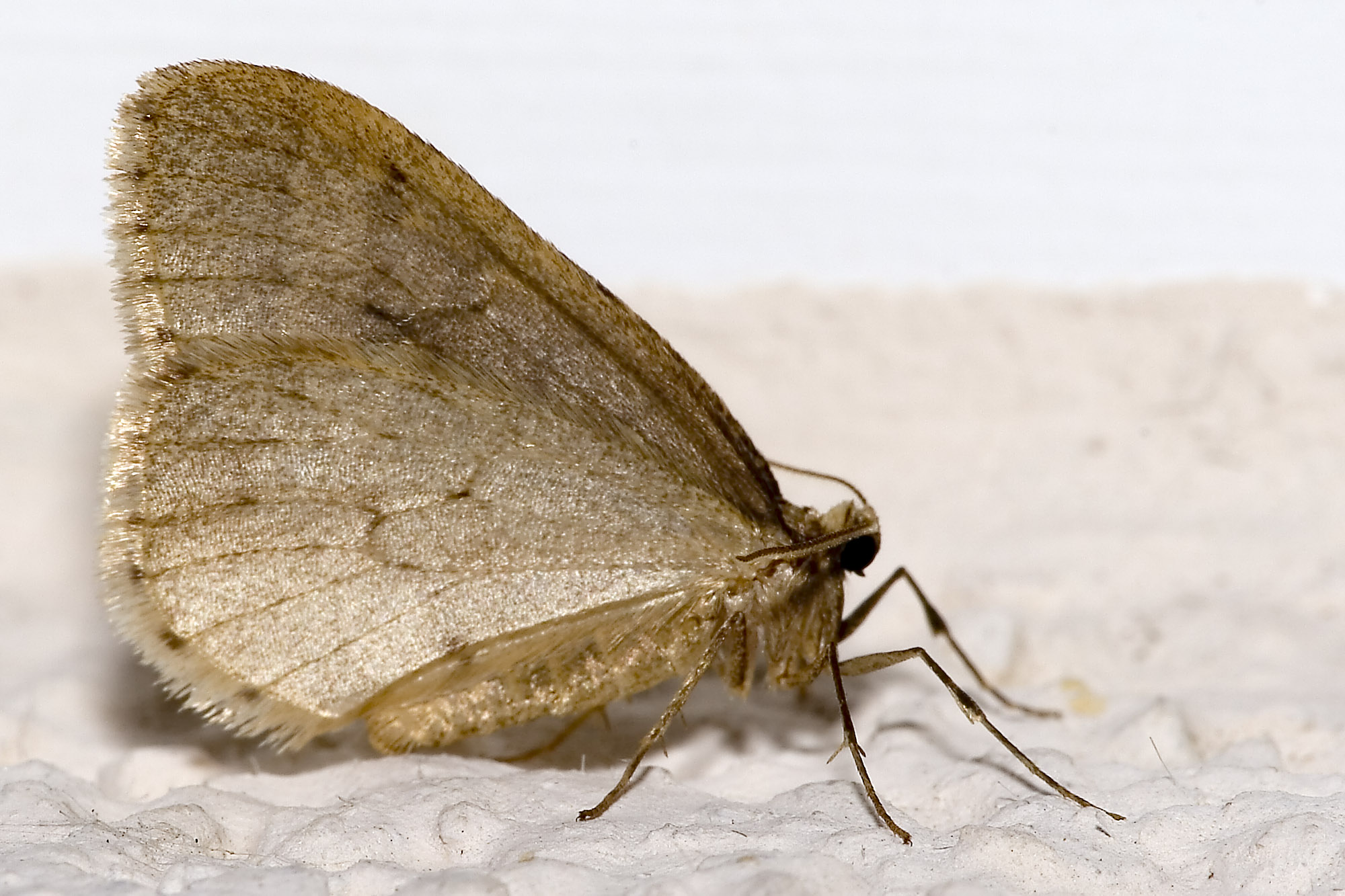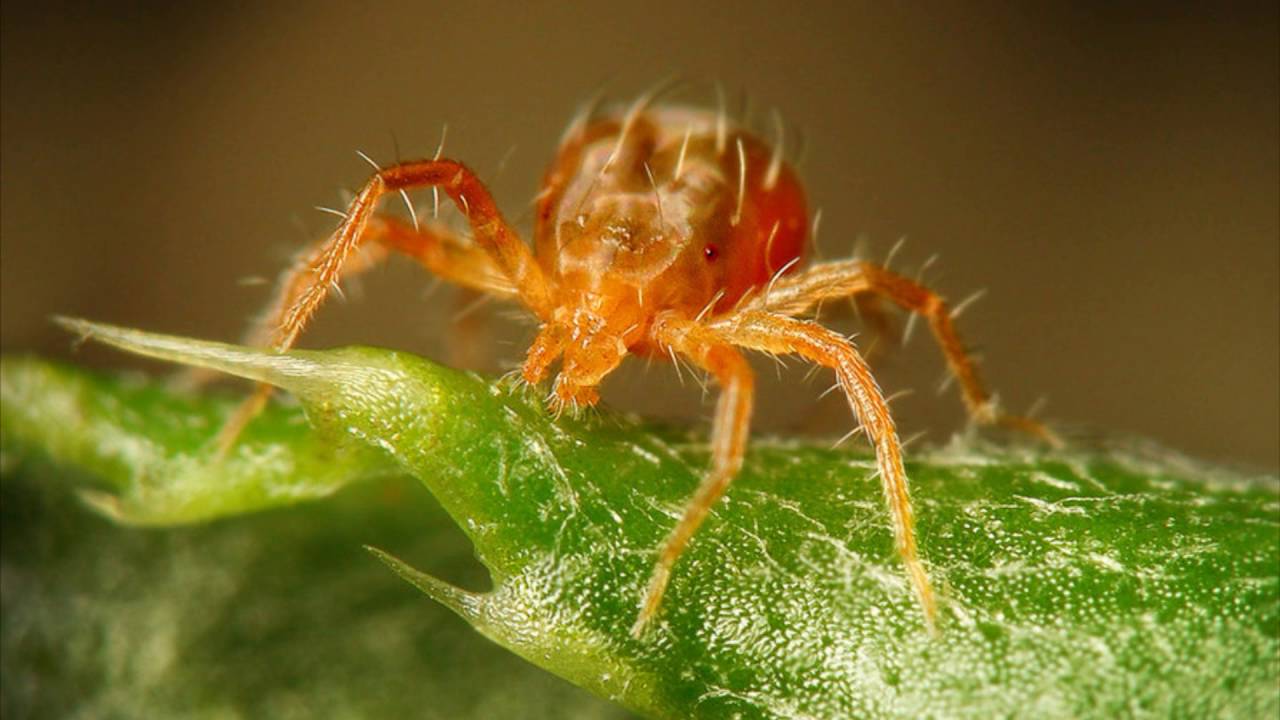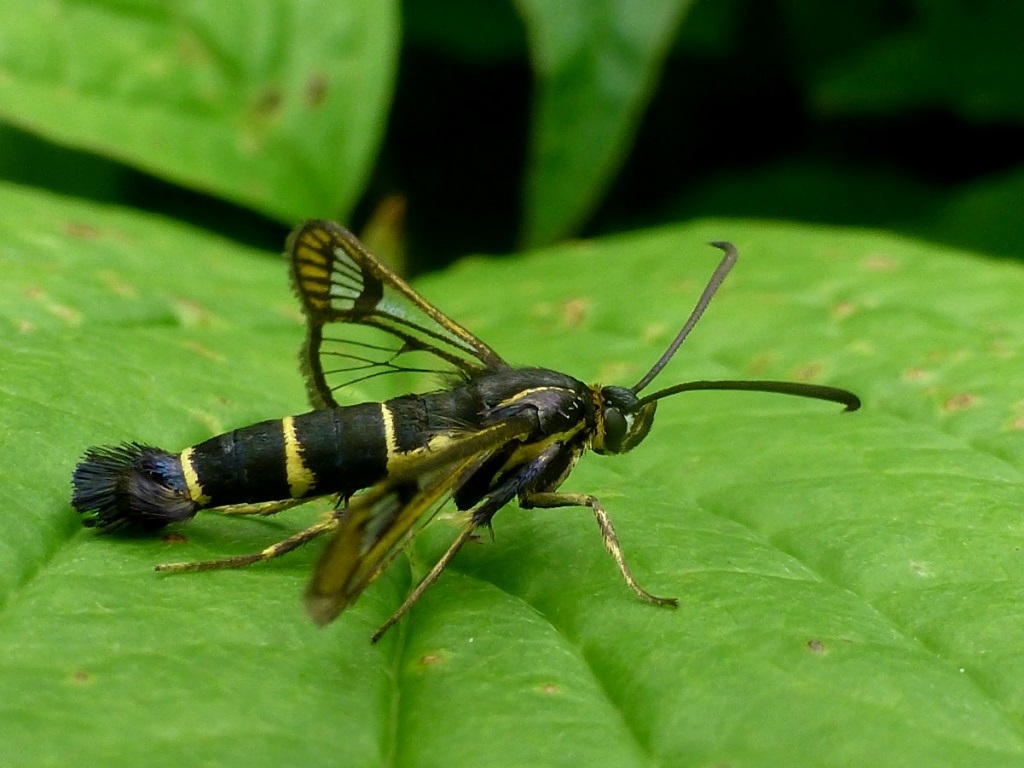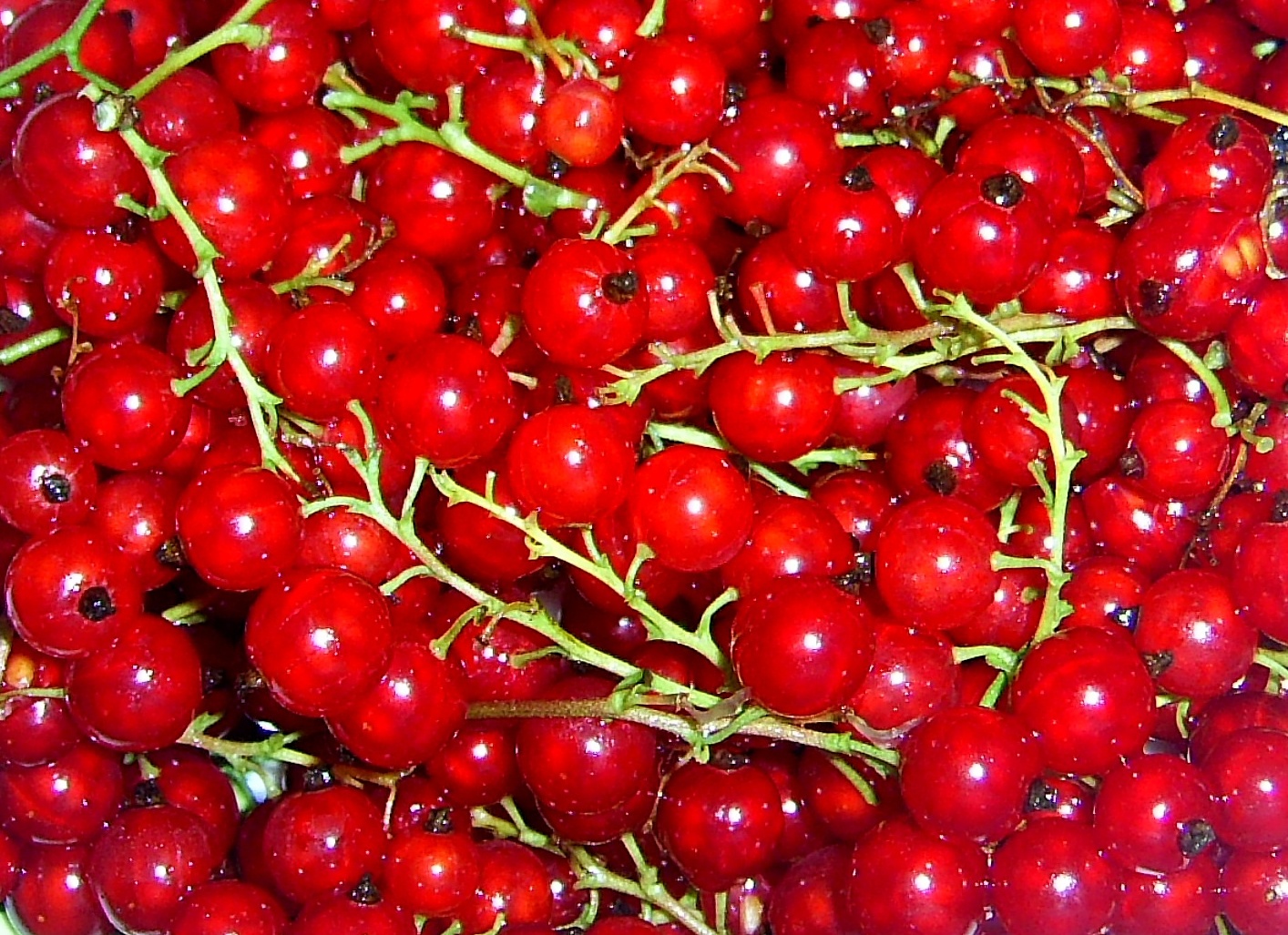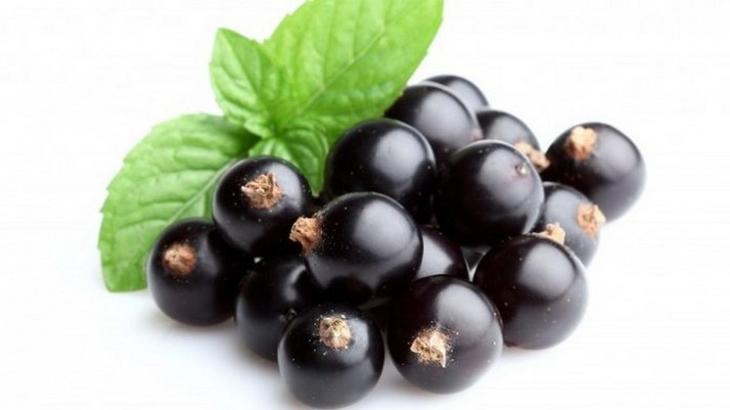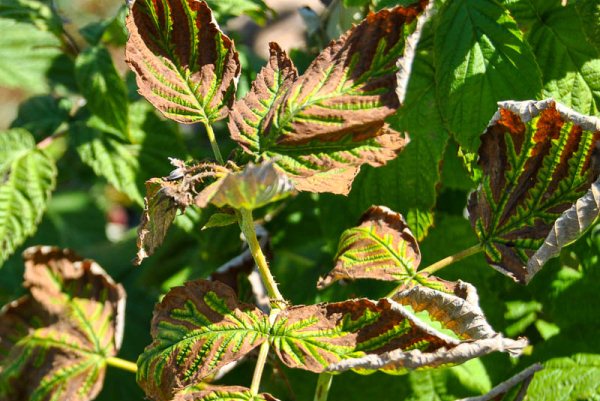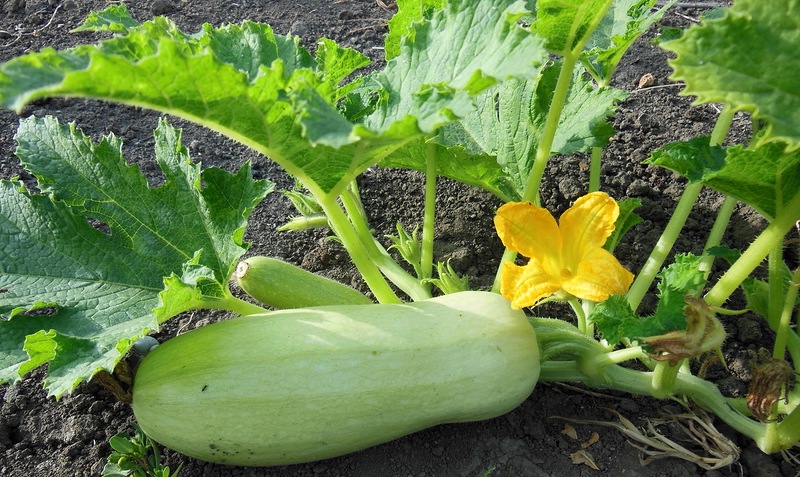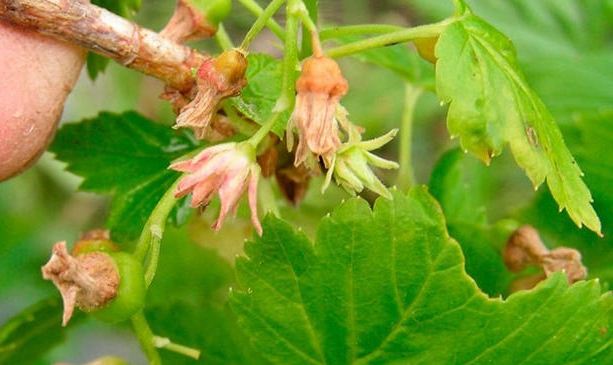Content:
This berry belongs to medicinal fruits, but the plant itself is susceptible to diseases. Therefore, the article will consider the question of what are the diseases of red currants, how to treat them, as well as ways to combat pests that annoy the culture.
Diseases
Currants are unpretentious in care, but violation of the rules of agricultural technology leads to diseases. The gardener has additional troubles aimed at the healing therapy of the berry. But in order to find an effective means of struggle, you need to correctly diagnose. If a red currant grows on the site, the disease and its treatment are identical to the black one.
Reverse
Black currants are more susceptible to this disease, but red currants have also been suffering recently. The causative agent of the virus is a kidney mite that enters the garden along with infected seedlings.
The disease goes from bush to bush, roaming the site for several years. The signal that the plant is ill with reversion are flowers. They become acicular-terry (almost curly) and take on a purple hue.
The disease also manifests itself on the leaves. They become smaller, acquire an irregular shape, and lose their specific smell. Instead of 5, 3 lobes with coarse sparse veins grow. The sheets are framed with large teeth.
There is a great thickening of the bush. The currant stops producing and gradually loses its grade. The problem is that it is not immediately detected. Therefore, careful monitoring of new bushes (and those adjacent to them) is required for 4 years in order to detect infection in time.
The main therapy includes the following points:
- preventive treatment of bushes by spraying with colloidal sulfur, acaricidal preparations (Vertimek, Nitrafen, Neoron), biological agents (Aktofit, Fitoverm); procedures are carried out at the time of bud break and during budding;
- finding damaged branches, they are cut off and burned away from the site;
- if the damage is significant, then a more radical method is used - they uproot the entire bush in order to save the rest of the plants from terry.
To prevent an "epidemic", it is recommended to keep the seedlings for 2-3 days in Fitoverm solution before planting. From folk remedies, tea brewing is used for this purpose (0.25 kg per bucket of water). Rows of garlic should be planted around the young shrub - its specific smell will scare away the tick.
Septoria
This disease is from a number of fungal, spreads on the plant with lightning speed. The first signs are found on currants in June - gray rounded spots with a dark brown edging appear on the leaves. A little later, black blotches begin to appear in the foci, which are mature spores of the fungus. If you do not stop their further growth, the leaves dry and fall off. The synthesis of chloroform is disrupted, and the plant dies.
Treatment of currants for white spot includes the following points:
- treatment of bushes with copper-containing Kuprozan in a concentration of 0.4% or colloidal sulfur (1%);
- spraying with fungicides - Pervikur, Acrobat, Ridomil, Fitosporin;
- removal of part of the shoots on which infected leaves are found.
The success of therapeutic measures depends on the timely detection of septoria. Therefore, with the beginning of the summer period, the berry should be regularly inspected.
Anthracnose
This disease on the bushes appears a little earlier - in May. The grower first notices small single specks of brownish-red color. Their number begins to increase rapidly, merging with each other and capturing the entire plate of the leaf, which acquires a rich brown or red color. Sluggish leaves fall off and the plant stops developing.
If the bush is partially taken over by the disease, it will bear fruit, but not as abundantly as it should. The berries become smaller and lose their sweetness.
Here are guidelines on how to deal with red leaves on anthracnose-prone currants:
- before bud break - with Bordeaux liquid or Nitrofen (3% concentration);
- before flowering and after the main collection of fruits - copper chloride (0.3%) or Bordeaux liquid (1%);
- finding infected leaves, they are cut off and destroyed.
Goblet rust
The name of this disease is not accidental - on the lower part of the leaf plate (as well as on berries and flowers) a growth appears that looks like a glass. Its reddish red color does indeed resemble rust. Glasses grow from flat orange pads - spore containers.
Changing its color, the diseased leaf falls off. Infected fruits remain underdeveloped and lose their nutritional value. The danger of rust in its prolongation - the disease can affect the yield of future years.
Measures to combat goblet rust on currants are as follows:
- it is necessary to spray diseased bushes several times with Bordeaux liquid: 1st - before the leaves appear, 2nd - after flowering and 3rd - after another week;
- suppress the development of the fungus fungicides: Topaz, Fitosporin-M, Previkur;
- it is also recommended to use copper-containing products or colloidal sulfur.
When orange dots appeared on the branches of currants, this is already another disease - drying out is noncritical, it can completely destroy the plant. They treat it by cutting off the affected parts, followed by covering the sections with pitch and processing with Bordeaux liquid.
Spheroteka
This disease is also called powdery mildew. White bloom can appear on any part of the plant, most often it is noticed at the beginning of the summer season. Affected leaves curl, stems deformed and dry out. The fruits develop poorly, lose their taste and become unpresentable in appearance.
Spore containers are attached to the plant using miniature suction cups and begin to quickly form colonies. On a neglected area, the spheroteka is able to destroy a berry in a couple of years.
To combat powdery mildew, you can use any of the following folk recipes:
- the most effective remedy is ground sulfur; damp bushes are pollinated with a powdery composition; the procedure is carried out in a hot time;
- the bacteria that develop in the mullein infusion kill the mycelium; for processing currants, 1 part of manure is poured with 3 parts of water and insisted for 3-4 days; the finished composition is once again diluted in a ratio of 1: 3 and the treatment of diseased bushes is started; if there is no manure at hand, you can use rotten leaves, hay or dust;
- soap solutions give a good result (proportions are given for 1 liter of water):
- 25 g of laundry soap and 2.5 g of copper sulfate;
- 3.5 g of soap and 4 g of soda ash;
- 10 g of soap, 5 mg of denatured alcohol, 3 g of drinking soda, 1 g of salicylic acid;
- an infusion of garlic copes well with a spheroteka - 25 teeth (crushed) withstand 1 liter of water for a day; you need to spray the plants in the evening hours, making several visits with an interval of 7 days.
Nitrafen, Ftalan, Oksikhom help well in solving this problem. Of the systemic fungicides, Topaz and Vectru can be distinguished. As a preventive measure, it is recommended to plant horsetail or marigold near the berry.
Pests
The causative agents of most red currant diseases are (in addition to bacteria and fungi) insect pests. Traveling from plant to plant, they become carriers of infection. When choosing drugs to fight parasites, one must take into account the presence of a nervous system in them. This is why the constant use of the same products turns out to be ineffective over time - it takes a couple of years for insects to adapt to chemicals.
Sawfly
This insect causes great harm to berry plants. The sawfly looks like a fly emerging from cocoons at the time of the formation of young leaves. The pest lays larvae on the slotted plate, which, while developing, feed on foliage. If measures are not taken in time, the plant will die.
It is not difficult to recognize the sawfly, knowing the description: its false caterpillars have a greenish body and a brownish-brown head.
The fight against parasites includes the following actions:
- chemical treatment Spark;
- spraying with tobacco and wormwood solutions;
- shaking off the larvae on a film spread under the bushes and their subsequent destruction.
Leaf roll
A dark brown butterfly with a specific triangular pattern on its wings lays eggs on young plant stems, as well as on buds. Hatching caterpillars quickly eat out flowers, green twigs. After 50 days, the second generation of the leaf roll already destroys the berry clusters.
The insect fully justifies its name - the caterpillars are wrapped in leaves, turning them into cocoon tubes wrapped in cobwebs.
The following control measures are applied to the leaf roll:
- in early spring, the bushes are sprayed with insecticides: Phosphamide, Ripkord, Decis;
- if wrapped leaves are found, it is recommended to cut them off, not allowing the caterpillars to turn into butterflies;
- a good effect is given by spraying the plants with soapy infusions of tobacco, tops of tomatoes or potatoes.
Insects can really be scared away from currants if you plant elderberry bushes nearby. In calm weather, it is recommended to fumigate the garden area with smoke from a fire, to which lingonberry leaves are added.
Fire
Noticing the gnawed leaves and bunches of berries, shrouded in cobwebs, inside of which black-headed green caterpillars lurk, an experienced gardener realizes that a moth has started up on the site. This dangerous pest begins to eat the buds, then moves on to the flowers, and if the berries have time to appear, then it starts to them.
A female in one clutch can lay up to 200 eggs, which very quickly turn into caterpillars, actively spreading over the plant and eating it.
Among the drugs used to destroy the moth, it is worth highlighting the following:
- before budding, Kinmiks, Rovikurt, Kilzar are used;
- chemicals used after flowering - Fufanon, Iskra-M, Aktellik;
- during the ripeness of berries, only biological products are needed: Lepidotsid, Fitoverm, Iskra-bio.
On a small berry, damaged fruit clusters can be harvested by hand. In addition to chemicals, it is recommended to use folk remedies: decoctions of tobacco, wormwood, pine needles.A sprig of blooming elderberry will scare the fire away from the bush.
Aphid
Colonies of small greenish insects (up to 4 mm long) multiply quickly and stick tightly to the entire plant. The tops of the branches wither immediately, the leaves lose their elasticity, curl and turn yellow. The bush significantly slows down in development, which affects the further yield.
In order to prevent the pest from multiplying, it is recommended to process the berry with such means:
- industrial: Agrovertin, Fitoverm, Fastak, Taran, Detoil, Karbofos, Pyrethrum;
- folk: decoctions of nettle, wormwood, dandelions, pepper, chamomile, potato and tomato tops, infusions of rhubarb leaves.
These plants are recommended to be planted along the currant bushes. On small plants, when the aphid colonies are still small, you can kill the parasites manually.
Moth
Another butterfly harms the currant. The insect attracts with its appearance - it has a yellow body, snow-white wings are decorated with black-blue and yellow spots. But this appearance is deceiving - the butterfly is quite malicious. The moth caterpillar eats away the buds and gnaws through young leaves.
The cocoon that the nymph weaves is firmly fixed on the bottom of the plate. Under its weight, the leaf does not hold up and falls to the ground. If there are many moths on one bush, the branches will quickly become bare.
The following measures of influence are applied to this pest:
- spraying with Kinmiks or Karbofos;
- use decoctions of plants with insecticidal properties (they are mentioned above);
- in spring, young caterpillars are shaken off the bushes by hand onto the litter and destroyed;
- fallen leaves with moth cocoons should also be collected and burned.
When processing currant bushes, one should not forget about neighboring crops - this insect is omnivorous. Therefore, it can be seen not only on berry fields, but also on stone fruit trees.
Mite
The kidney mite was mentioned in the "Diseases" section, but a spider pest also annoys the currant. It is sometimes mistaken for a spider because of its 4 short pairs of legs. Having sucked onto the bush, the imago and its larvae feed on the cell sap of young shoots and leaves. This disrupts the process of photosynthesis, and the plant loses its immunity.
A sign that a tick has settled on a currant is a modification of the color of the leaves. The deep green hue first fades, then turns into yellow. After that, the sheets dry up and fall off. If you carefully examine the underside of the still green plate, you will notice a subtle pattern of the mite's web.
Gardeners use the following pest control means:
- the bushes are sprayed with biological "weapons" - decoctions and infusions of wormwood, Persian chamomile, dandelions, and tomato tops;
- it is recommended to purchase a specialized remedy for ticks - Acaricide or use Pyrethrum, Karbofos, Fufafon, Detoil;
- of insecticidal preparations, you should pay attention to Fitoverm, Actellik, Agravertin;
- you can also use potash or liquid soap to fight mites.
Glass-maker
If the currant, which has not yet had time to throw off the flowers, has begun to fade, or the berries that have just appeared are crumbling, we can safely assume that a glass pot has started up in the berry. This enemy is dangerous because it hurts on the sly - small larvae eat up the stems from the inside. They also live there until next year and crawl out when spring comes to pupate.
The usual methods of dealing with this pest do not work.
The summer resident will have to develop a strategy for a long period:
- before planting, the cuttings are kept for 3 days in sand moistened with Nemabact or any other similar biological solution containing nematodes (this is the main enemy of the glass);
- loosening the soil, tobacco dust, makhorka, ash, mustard (powder), ground pepper are added to the soil;
- as soon as the buds begin to bloom, the bushes are treated with Antonem-F;
- at the moment the larvae emerge, the currants are sprayed with chemicals such as Agravertin;
- when the glass butterflies begin their years, traps with a sweet bait (syrup, fermented honey, jam) are set near the bushes, while using insecticides.
The pest can be influenced psychologically, frightening it off with the smell of some plants: marigolds, garlic, elderberry, mint. It is recommended to plant conifers nearby. But bird cherry, on the contrary, will only attract this insect to the site.
Galitsa
This is another pest that eats away currant stems from the inside. In the affected areas, the branches darken, crack and even break off. Leaves also disappear - at first they turn yellow, then dry up. Mosquito-like galitsa begin their years at the time of mass flowering of berry crops.
The pest makes masonry in the cracks on the shoots, from there the larvae creep away, eating up the tasty pulp. Red spots on currant leaves are a sign of infection. Each such formation has a bumpy appearance.
It is necessary to deal with the problem at its first manifestations:
- the root zone is treated with a mixture of fluff and tobacco dust (1: 1);
- you can also use sand with wood ash or naphthalene;
- from chemicals used Karate, Kemifos, Kinmiks;
- before bud break, plants are sprayed with vitriol with hydrated lime;
- several times per season are treated with infusions of walnut shells, garlic, poisonous henbane.
You can attract the natural enemies of Galitsa - antakoris bugs to the berry. For this, buckwheat and dill are planted between the bushes.
About disease prevention
In order not to complain that there are red convex spots on the currants how to deal with them, as well as other diseases of the culture, special attention is paid to prevention:
- autumn digging of soil;
- timely cleaning of fallen leaves;
- regular inspection of plants in order to identify and remove damaged elements;
- fungicidal treatment before bud break;
- strengthening the immune system with regular feeding;
- planting healthy seedlings.
To avoid the disease of red currants with red spots on the leaves, rust, fungi, plant varieties that are exceptionally resistant to diseases are chosen for planting.
